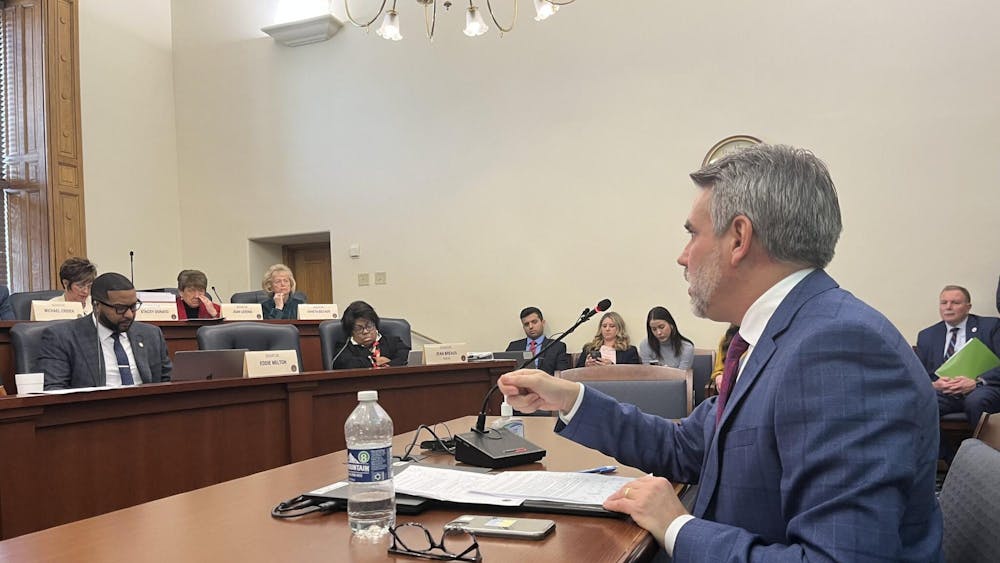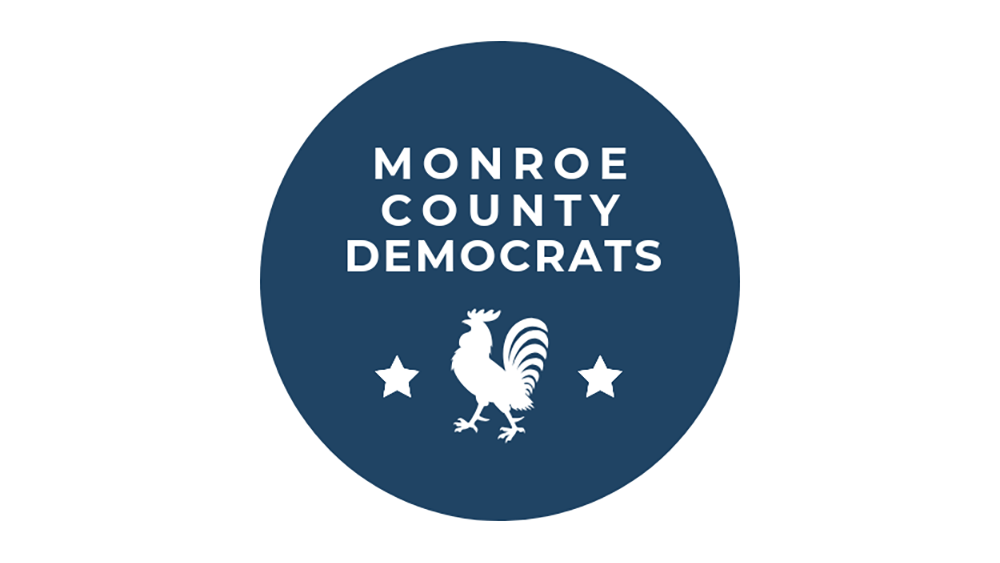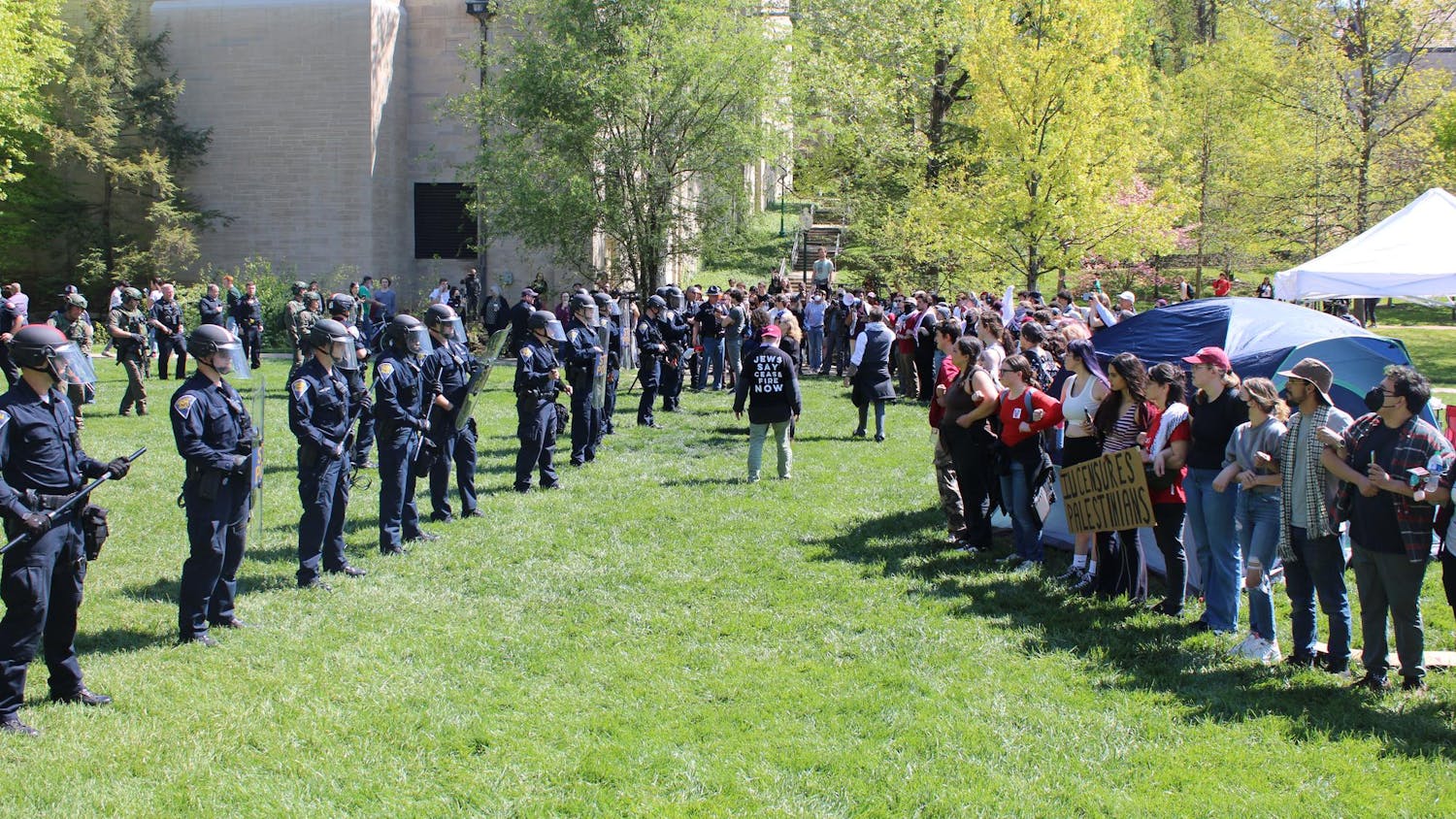IU’s Center for Evaluation and Education Policy released a new brief showing all statewide voucher programs have grown during the past five years, according to an IU press release.
The brief, “Mapping the Growth of Statewide Voucher Programs in the United States,” looks at voucher programs in Indiana, Wisconsin, Ohio and Louisiana, which are the only states to have statewide programs, according to the release.
Ohio’s program, founded in 2006, expanded eligibility criteria in 2013, according to the release. In 2011 both Indiana and Louisiana launched a statewide program. Additionally, Wisconsin expanded its local program to a statewide program in 2011, according to the release.
Florida used to have a statewide voucher program, but in 2006 the state could no longer offer private school transfer vouchers because the Florida Supreme Court ruled this act unconstitutional, according to the release.
The four statewide programs have also expanded the amount of vouchers they give out and have either increased or eliminated enrollment caps, according to the release. State funding for the voucher programs has also increased, according to the release. However, the researchers said this might not continue.
“While the numbers of available vouchers are increasing, we are also seeing a leveling off in demand in the states with no enrollment caps,” said Molly Stewart, graduate research assistant on the brief, in a press release. “The vouchers may continue to grow, but we do not necessarily expect to see equal growth in enrollments.”
Additionally, the brief found that more middle-class families are using vouchers despite Ohio recently adding a means-tested program, according to the release. The brief shows a trend of high-income users, according to the release.
“Expansion of voucher eligibility to middle-income families has started happening in three ways,” Stewart said in the release. “First, states have done so by allowing continued participation for current voucher students even if a family’s income increases above the income cutoff and, second, through an increase in the income cutoff. The majority of statewide programs have one or both of these attributes at this point or third, provide partial vouchers to families with higher incomes.”
Most voucher programs give vouchers to students at schools that don’t perform well. For example, Indiana recently expanded the “F Public School” eligibility pathway in 2013, according to the release.
“Accountability measures for voucher programs are in some ways mirroring or following accountability measures for public school systems,” Stewart said in the release.“While specific requirements vary by state, the emphasis on reporting and transparency is uninspiring in the current accountability-oriented policy climate.”
Suzanne Grossman





